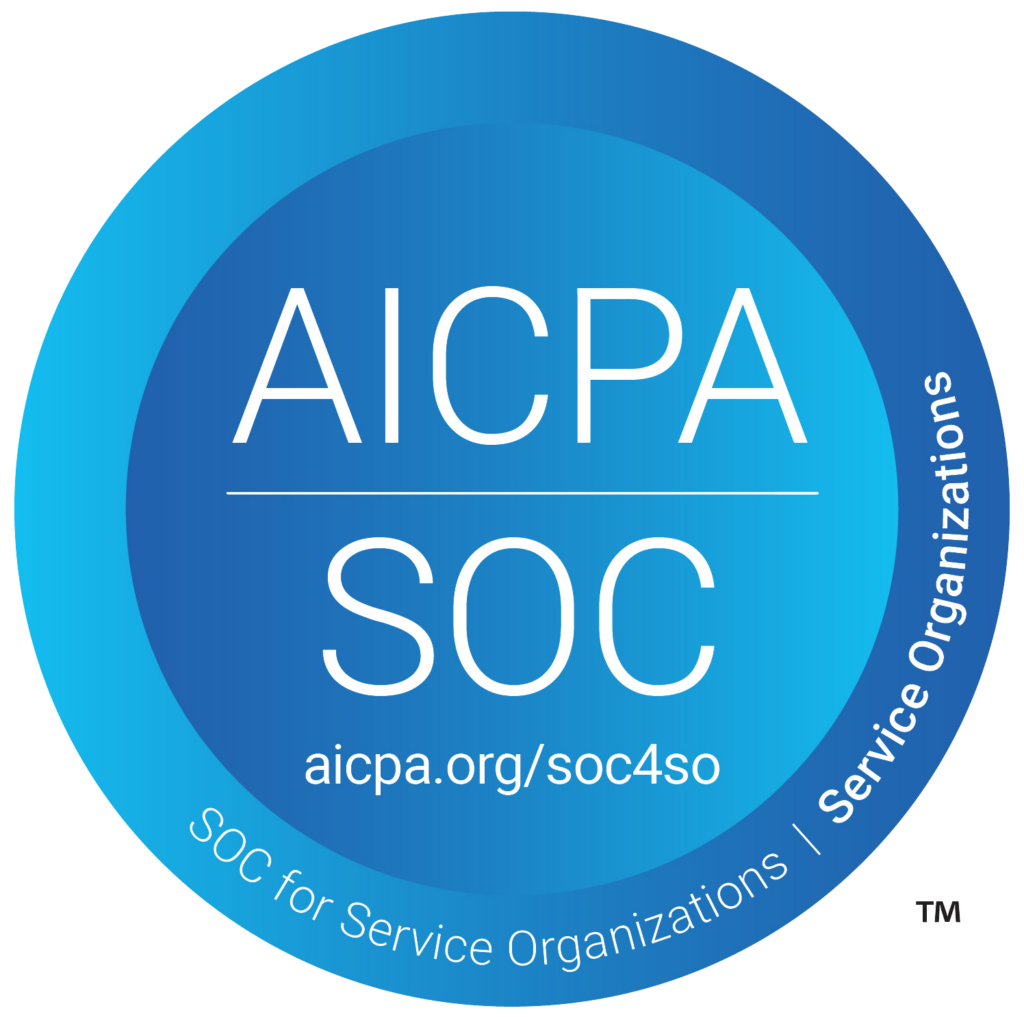Mastering Governance in Marketing Operations for Oracle Eloqua
Marketing operations are evolving rapidly, and maintaining order is essential, especially when leveraging sophisticated platforms like Oracle Eloqua. While Eloqua offers robust capabilities for campaign management and automation, the true power lies in how well you govern your assets and processes.
Governance is the backbone of efficiency, compliance, and scalability. In this post, we explore why governance matters for Eloqua users and how Portqii’s suite of tools can transform chaos into seamless execution.
Understanding Governance in Marketing Operations
Governance in this context refers to the framework of policies, procedures, and controls that ensure marketing operations run smoothly and align with organizational standards. With governance, companies define how digital assets are created, maintained, and retired. This proactive approach minimizes errors, streamlines workflows, and makes onboarding smoother for new team members.
Challenges in Managing Oracle Eloqua Without Governance
Even with a powerful tool like Eloqua, common challenges include:
Accumulation of unused assets (emails, landing pages, campaigns)
Inconsistent naming conventions leading to asset sprawl
Manual processes that slow down campaign deployment
Risks of data redundancy or compliance issues
Without a coherent governance structure, your instance can quickly become cluttered, reducing the efficiency of campaigns and increasing operational risks.

Portqii’s Comprehensive Governance Toolbox For Oracle Eloqua
Portqii offers a suite of tools designed specifically to address these challenges, enabling organizations to maintain a high level of control over their marketing operations:
Purpose: Standardizes naming conventions across all assets.
Benefits:
Ensures that every asset—from emails to landing pages—follows an organization-specific naming protocol.
Simplifies asset management and improves searchability, enabling teams to quickly locate and reuse approved assets.
Flexibility to adapt to any naming standard required by the organization.
Purpose: Automatically identifies and removes assets that are no longer needed.
Benefits:
Reduces manual cleanup efforts and mitigates the risk of outdated or redundant content cluttering your Eloqua instance.
Keeps your marketing asset library lean and performance-optimized.
Purpose: Provides automated backups and version management for assets.
Benefits:
Eliminates the need for manual copies, ensuring that there is always a rollback option when needed.
Streamlines the process of tracking changes over time and recovering previous iterations without disruption.
Purpose: Synchronizes standard asset templates across multiple Eloqua instances.
Benefits:
Enables the seamless transfer of campaign templates and assets, reducing the manual effort involved in replicating designs across different environments.
Supports consistency in branding and messaging across regional or departmental instances.
External Data Intelligence (EDI)
Purpose: Integrates data directly from external sources such as Snowflake and Salesforce without requiring migration into Eloqua.
Benefits:
Provides teams immediate access to high-quality, source-level data for segmentation and campaign decision-making.
Enhances the timeliness and accuracy of marketing strategies by leveraging real-time data insights.

Implementing a Governance-First Approach in Eloqua
To fully leverage these tools, it is important to build governance into your everyday marketing operations:
Develop a Governance Playbook:
Create a comprehensive guide that outlines naming conventions, asset lifecycle management, and review processes. This guide should be updated regularly and accessible to all team members.
Automate Routine Processes:
Utilize Portqii’s ADM and Asset Version Control to eliminate manual tasks. Automation not only saves time but also reduces human error and ensures consistency across the board.
Standardize Through Templates:
With Transporter Sync, set up a library of approved templates that reflect your brand standards. This standardization simplifies deployment and ensures consistency across multiple instances.
Leverage External Data Efficiently:
Integrate EDI to incorporate data directly from your critical platforms, ensuring that segmentation and personalization efforts are driven by real-time intelligence rather than outdated datasets.
Continuous Training and Auditing:
Regular training sessions and audits ensure that governance protocols are followed and refined as your marketing needs evolve. It is crucial to involve all stakeholders from campaign managers to IT administrators.
Conclusion:
In the dynamic landscape of digital marketing, governance isn’t just an operational nicety—it’s a necessity. For companies using Oracle Eloqua, establishing a clear governance framework means improved efficiency, reduced risks, and scalability. Portqii’s specialized tools, from standardizing asset naming to integrating real-time data, empower teams to harness Eloqua’s full potential. By embracing these tools, organizations can transform a cluttered instance into a streamlined, responsive, and compliant marketing machine.
Ready to enhance your Oracle Eloqua governance? Explore how Portqii’s full suite of tools can support your marketing operations.



